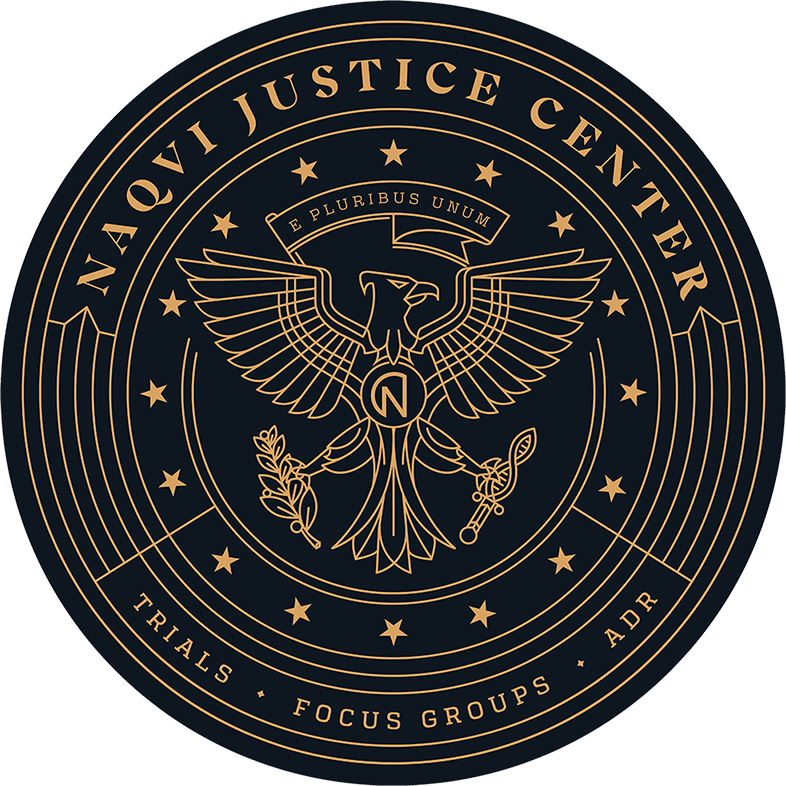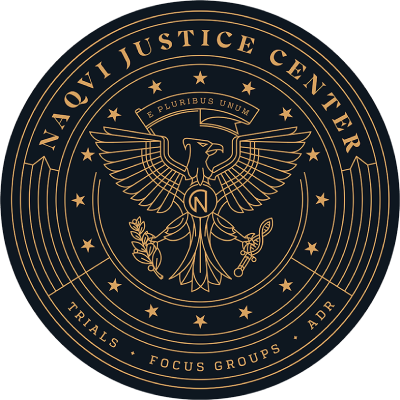A negligent tour bus operator struck and killed a cyclist while he was riding in a separate, yet unprotected, bike lane.
The crash occurred near the intersection of West Griffith Peak Drive and South Pavilion Center Drive, not far from Charleston Boulevard. According to the Metropolitan Police Department, a 51-year-old cyclist, whose name was not released, lost control of his bicycle shortly after a Motor Coach Industries Inc. drifted into the southbound bike lane. The rider crashed into the bus and later died at a nearby hospital.
The tour bus driver remained at the scene and cooperated with investigators.
Bicycle Crash Injuries
Each year, nearly 495,000 riders are treated at emergency rooms for serious injuries, even though bicycles account for only a fraction of the traffic, especially in spread out and car-centric urban areas like Las Vegas. Bicycle traffic has increased in recent years, as more people cycle as an alternative to driving, for exercise, and for other purposes. Yet despite this increase, lawmakers have done little to make streets safer for riders, largely because of financial restraints and opposition from vehicle operators.
As a result, riders are highly susceptible to serious injuries, including:
- Head Injuries: Bicycle helmets offer excellent protection from accidental falls and extremely low-speed crashes, but provide almost no protection in high-speed collisions. At any rate, the sudden jarring motion alone is often enough to cause a serious brain injury.
- Broken Bones: Doctors must normally use metal screws or plates to repair broken bones, and these injuries often painfully impair mobility for several months after the collision.
- Trauma Injuries: Between the deep cuts and internal injuries, many victims lose massive amounts of blood before emergency responders can do anything other than partially slow the blood loss.
Because of these serious injuries, bicycle crash victims are often entitled to significant compensation for their economic and noneconomic losses.
First Party Liability
In rear-end crash cases and other similar instances, such as a rider losing control of a bike and crashing into a vehicle that made an illegal lane change, insurance company lawyers often raise the last clear chance defense. This doctrine forgives negligent behavior if the victim had an opportunity to avoid the crash but did not do so.
In the above story, the insurance company might argue that by failing to avoid the onrushing tour bus, the bicycle rider was responsible for his own wrongful death. However, the victim must have a reasonable opportunity to avoid the crash and not a theoretical opportunity that the insurance company lawyer invents.
If both the victim and tortfeasor (negligent driver) are partially responsible, the contributory negligence rule applies and the judge divides damages primarily on the basis of fault.
Third Party Liability
Per the respondeat superior (“let the master answer”) doctrine, employers are liable for the negligent acts of their workers if:
- The tortfeasor was an “employee” and
- The tortfeasor was acting within the course and scope of employment at the time of the crash.
All the relevant terms are very broadly defined in negligence cases, so regular employees, independent contractors, and even many unpaid volunteers are employees as far as tort law is concerned. Additionally, any employee that advances the employer’s interests in any way acts within the course and scope of employment.
Partner With an Assertive Attorney
Bicycle crash victims often sustain serious injuries. For a free consultation with an experienced personal injury lawyer in Las Vegas, contact Naqvi Injury Law. After hours visits are available.

